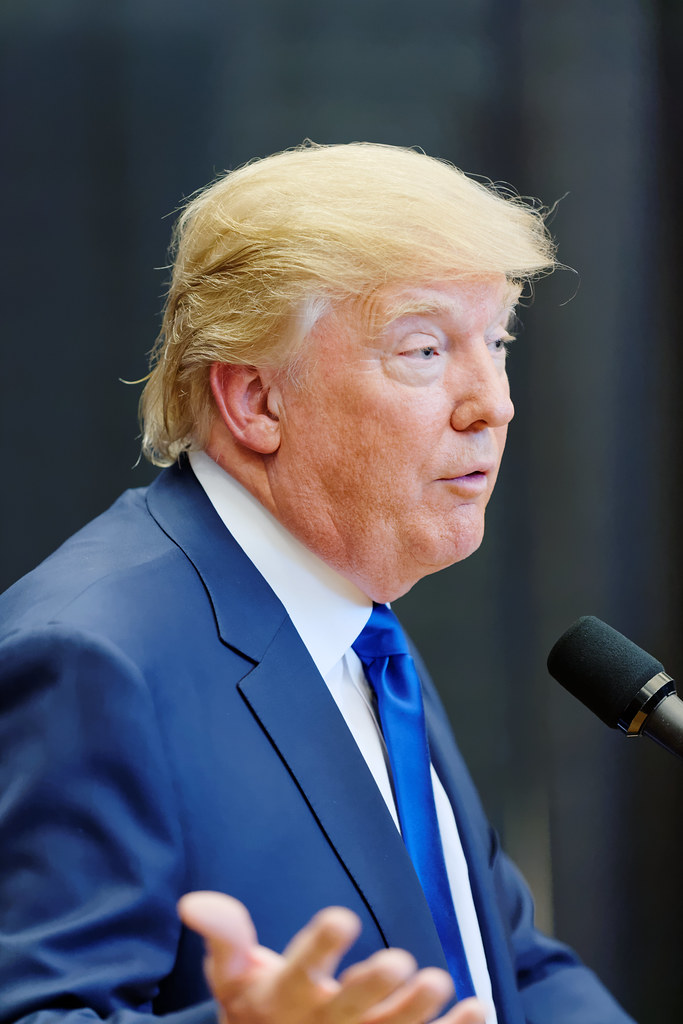Key Takeaways
• Trump Border Czar Tom Homan warned that protesting ICE “could lead to bloodshed.”
• His words suggest federal agents might use lethal force on peaceful protesters.
• ICE agents have escalated peaceful encounters into violence on camera.
• The First Amendment protects your right to speak and gather peacefully.
• No Kings Day protests showed widespread support for free speech rights.
What Did Tom Homan Say?
Last week, Tom Homan, the Trump administration’s border czar, said that shouting hateful words at ICE agents “could lead to bloodshed and people dying.” He spoke as if masked federal officers might shoot or attack peaceful protesters for harsh words alone. In effect, he built a permission structure for agents to use full force. His tone suggested it is now okay for federal officers to harm or kill people who stand up and speak out.
How Federal Agents Use Force
Across cities, videos show masked ICE agents acting more aggressively. First, they block cameras. Then, they shout orders. Next, they push or slam people to the ground. Some videos show agents kneeling on necks. Others capture agents pointing loaded weapons at close range. All this happens in nonviolent situations. Moreover, more than 20 people have died in ICE custody, including U.S. citizens. Yet the true number may be higher. That is because the administration tightly controls media access to detention centers.
Why the First Amendment Matters Now
The First Amendment protects every U.S. citizen’s right to free speech and to gather peacefully. It says Congress cannot make laws that limit these rights. Thanks to the 14th Amendment, states must also honor free speech. Homan’s warning, however, treats peaceful protest as a crime. It undermines the very text of our founding document. In other words, it denies you the right to criticize government without fear.
Historical Roots of the First Amendment
At the Constitutional Convention, many states feared a strong federal government. They wanted clear limits on its power. James Madison answered their concerns by drafting the First Amendment. He wrote that Congress “shall make no law” to restrict speech or peaceful assembly. This language has never changed. It remains the bedrock of American freedom. Without it, citizens could not challenge rulers or policies.
Global Threats to Free Speech
Around the world, authoritarian leaders crush dissent. For instance, in China, facial recognition software tracks people at bus stops and on streets. The system flags anyone who posts messages against the government. Those flagged may face interrogation, jail, or worse. In Russia, critics of the war face up to 15 years in prison for “false information.” Putin’s regime also uses poison and violence to silence opponents. Trump’s executive order calling dissenters “domestic terrorists” echoes these tactics. Even the Pentagon briefly threatened to cut journalist access over critical reporting. Such moves send chills to anyone who values liberty.
No Kings Day Protests Showcase the Fight
Yesterday, waves of peaceful protests broke out across the country for “No Kings” Day. Organizers held more than 2,500 events in all 50 states. Big cities saw massive crowds. Small towns held smaller gatherings. I joined the march wearing a bear inflatable costume. The energy was electric. People carried signs defending democracy, protesting ICE raids, and condemning the deployment of troops on American streets. Across every protest, the message was clear: We will not let federal agents trample our rights under the First Amendment.
What’s at Stake if Rights Erode
If peaceful protest becomes dangerous, citizens lose power over their government. Fear replaces free speech. People may stop gathering or speaking out at all. Without visible dissent, leaders could act unchecked. Policies that harm communities would spread. Minority voices would vanish. In short, democracy itself would weaken. Thus, defending the First Amendment is not just a legal fight. It is a fight for our future.
Conclusion
Tom Homan’s warning marks a dangerous shift. It shows federal agents might see peaceful protesters as criminals. Yet the First Amendment was created to protect you when you speak out. No Kings Day proved Americans still value free speech. Now is the time to stay informed and stand up for our rights. When we gather and speak out, we honor the spirit of our founders and keep democracy alive.
FAQs
How can I protest safely under the First Amendment?
To protest safely, follow local laws on permits and routes. Remain peaceful. Carry water and basic first aid. Stay in groups and know your rights. If officers approach, stay calm, show your hands, and ask if you are free to leave.
What steps protect protesters from excessive federal force?
You can record your encounters with agents. Share videos live on social media. Stay in public view. Seek legal observers from nonprofit groups. Report any harm to civil rights organizations or your local attorney general.
Why did states demand the First Amendment during ratification?
Many states distrusted a powerful central government. They feared unfair laws that could punish free speech or assembly. They pressed for explicit limits. James Madison’s draft of the First Amendment answered their call, ensuring basic liberties.
What do No Kings Day protests represent?
No Kings Day symbolizes resistance to overreach by federal authorities. It honors democracy by celebrating citizens’ right to speak and assemble. It reminds leaders that power flows from the people, not from unchecked force.

